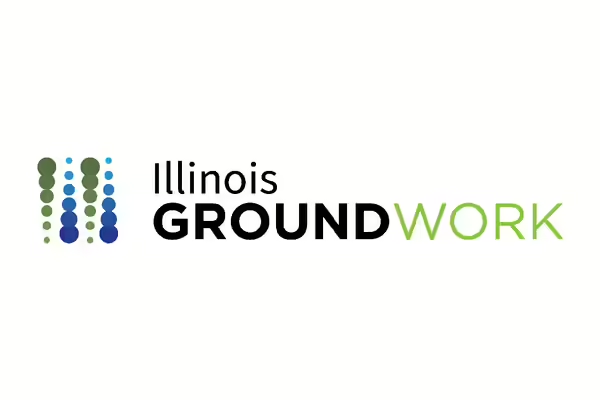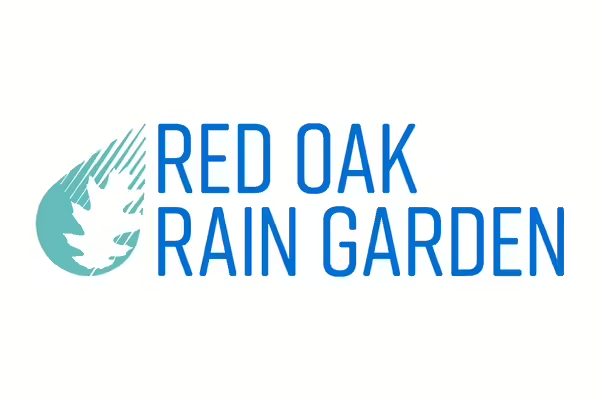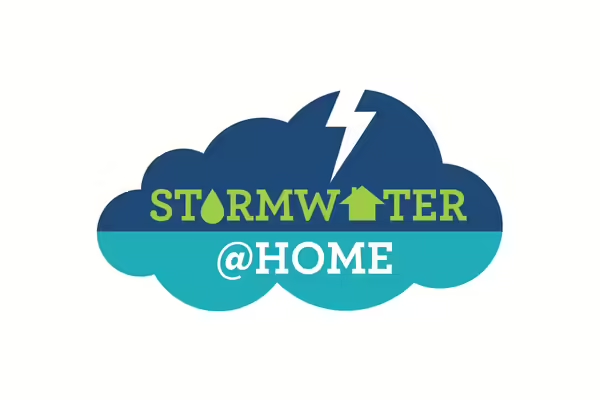Solutions for too much and too little
Is rainwater an issue at your home or community?
It can be frustrating when a swift rainfall floods your lawn or washes away all your hard work on your landscape. In contrast, not enough rain makes it annoying and expensive to water during dry months. With our changing climate, we know that rainfall is going to come harder and faster and dry periods are going to be longer, so we all have a stake in trying to understand how to manage the water that is or isn’t on our properties.
Whether it’s too much, or too little, Extension provides resources on how to manage rainfall and what you can do at your home and community.
Dig Deeper with these Resources
Rainfall Management Programming with Extension
- Join a rainscaping workshop near you. Rainscaping includes the use of sustainable landscape design and management practices at both the household and community scales to prevent pollution from reaching water bodies by directing stormwater to be absorbed by plants and soils.
- Check out the water resources on the Extension Conservation@Home resource page. The site offers real solutions to support wildlife, build healthy soils, improve water quality, and promote biodiversity.
- See how water impacts your lawn at ILIN Sea Grant's Lawn to Lake website.
- Check out the many ways Extension is building sustainable communities
- Explore Purdue's Rainscaping Education Program. The program provides training and resources on practices that can be installed in a residential setting or small-scale public spaces project.
Title
Take Action
What do we mean when we talk about rainwater?
Stormwater: Precipitation that runs off surfaces such as rooftops, paved streets, highways, and parking lots. It can also come from hard grassy surfaces like lawns, playing fields, and from graveled roads and parking lots.
Drought-tolerant: Plant species that are able to withstand extended periods of dry weather.
Green stormwater infrastructure (GSI): Stormwater management practices that protect, restore, or mimic the natural water cycle. Trees and vegetation are often, but not always, used in green infrastructure. This includes rain gardens, green roofs, permeable pavement, and rainwater harvesting.
Permeable surfaces: Surfaces where rain or melting snow or ice can pass through into the soil or sub-base below. Pervious areas include forests, grassed areas, mulched areas, etc.
Impermeable surfaces: Surfaces that do not allow water to pass through the material, such as paved roadways, concrete sidewalks, rooftops, etc.
Infiltration: Occurs when precipitation fall on pervious areas such as forests, prairies, mulch, grassed areas. The water soaks down through the soil layers and eventually recharges the groundwater.
Rainwater harvesting: Practice of collecting and temporarily storing rainwater in rain barrels or cisterns until it can beneficially used for irrigation or some other non-potable use.
Rain garden: A shallow basic that mimics the ecological functions of a natural landscape and used to capture, filter, and treat stormwater.
Bioswale: Bioretention practice that uses a shallow, open-channel flow pathway. Bioswales use a dense growth of vegetation, generally tall grass, along with layers of soil and aggregate to treat, store and infiltrate stormwater runoff.
Green roof: Roof of a building that is partially or completely covered with growing media and vegetation on top of a waterproof roof membrane. Rainwater falling on the rooftop is captured and stored until it used by the plants or it evaporates.
Xeriscaping: A drought-resistant landscaping practice utilizing plant species tolerant to long periods of dry weather and covering soil with mulch or rocks to retain moisture.
Cistern: A structure build in a basement or near a house or building that collects and stores hundreds or thousands of gallons of rainwater from downspouts and nearby impervious surfaces so that the water can be used for non-potable uses such as irrigation, toilet flushing, or car washing.
Many of these are adapted from the National Green Infrastructure Certification Program (NGICP) glossary


